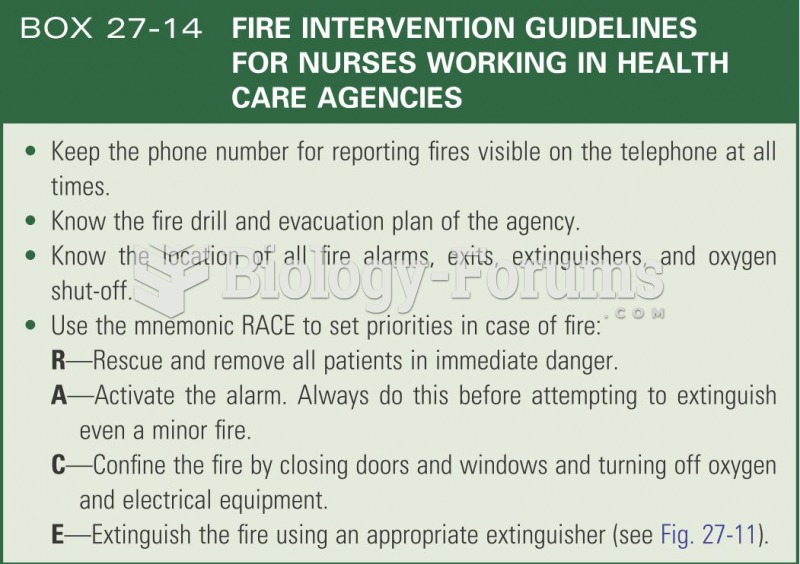|
|
|
Approximately one in three babies in the United States is now delivered by cesarean section. The number of cesarean sections in the United States has risen 46% since 1996.
Asthma-like symptoms were first recorded about 3,500 years ago in Egypt. The first manuscript specifically written about asthma was in the year 1190, describing a condition characterized by sudden breathlessness. The treatments listed in this manuscript include chicken soup, herbs, and sexual abstinence.
Blood is approximately twice as thick as water because of the cells and other components found in it.
On average, someone in the United States has a stroke about every 40 seconds. This is about 795,000 people per year.
In the United States, an estimated 50 million unnecessary antibiotics are prescribed for viral respiratory infections.







